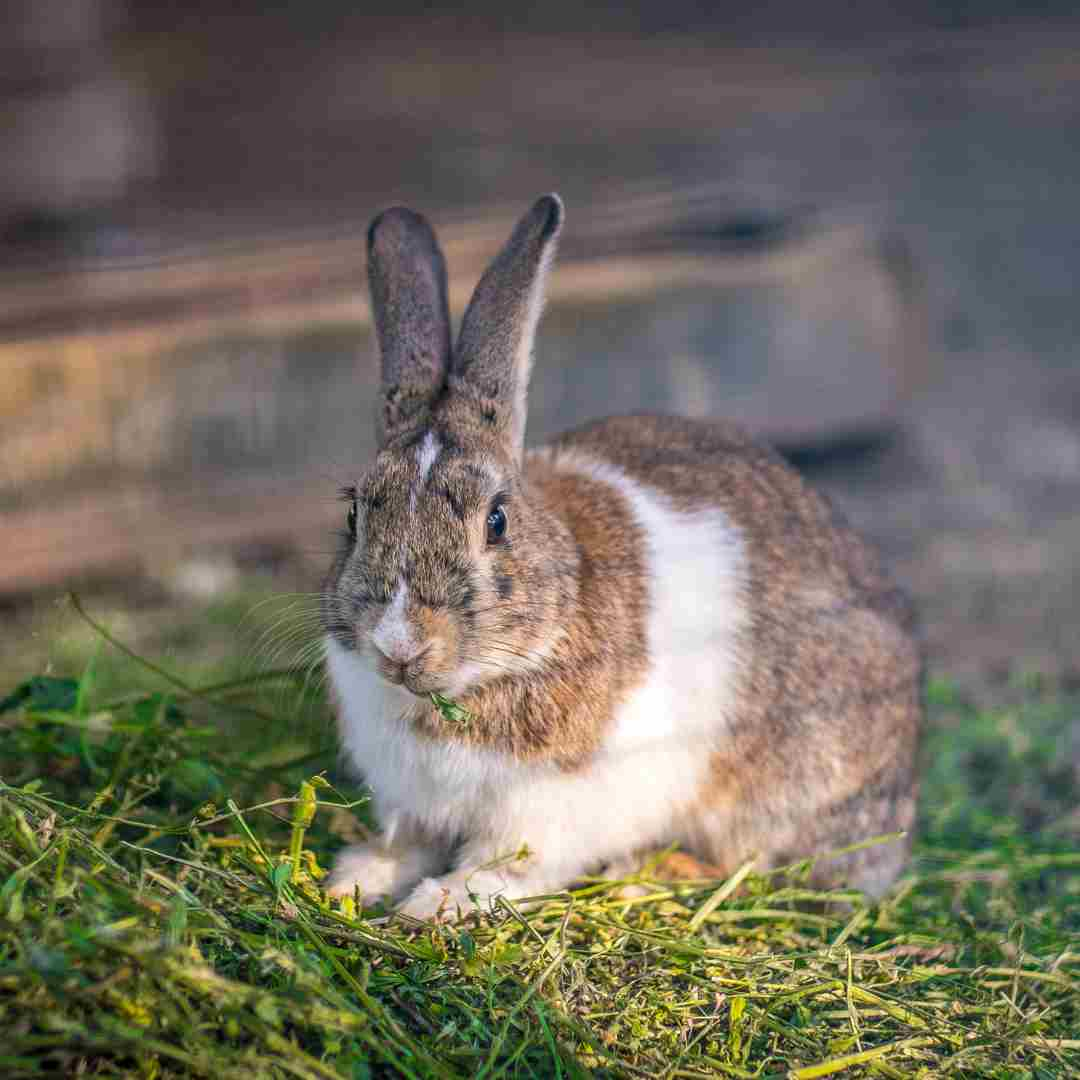Contents Table
Introduction
Wild Rabbit Natural Habitats
The Wild Rabbit Diet
Wild Rabbit Sociality
Wild Rabbit Reproduction
Human Impact on Wild Rabbit Populations
Q&A
Conclusion
Introduction
Rabbits are popular animals, yet few realise they're wild. Rabbits live throughout North America, Europe, Asia, and Africa. Long ears, short tails, and hopping movement characterise these little, fuzzy creatures. Rabbits eat grasses, leaves, and other plants. They form warrens and are gregarious animals. Rabbits contribute to the ecosystem by feeding predators and spreading seeds. Rabbits should be treated as wild despite their cuteness.
Wild Rabbit Natural Habitats
Wild rabbits inhabit deserts, woodlands, and meadows. Grasses, meadows, and forests are their typical habitats.
Wild rabbits live in grasslands, deserts, woodlands, and marshes throughout North America. They inhabit the Great Basin, Rocky Mountains, and Pacific Coast in the west. In the eastern US, they inhabit the Appalachian Mountains, Great Lakes, and Atlantic Coast.
Europe's wild rabbits occupy grasslands, woods, and marshes. They inhabit the Mediterranean, British Isles, and Scandinavia.
In Asia, wild rabbits live in grasslands, woods, and marshes. They inhabit the Himalayas, Middle East, and Central Asia.
Wild rabbits love lush grasslands, meadows, and forests. They like thickets, hedgerows, and brush piles for cover. Garden, field and orchard settings with abundance of food are also preferred.
Urban parks, gardens, and yards have wild rabbits. Suburban regions provide lots of food and shelter for them.
Wild rabbits can adapt to many habitats. They are usually found in locations with lots of foliage, cover, and food.
The Wild Rabbit Diet
Herbivorous wild rabbits eat many plants. They eat grasses, herbs, clover, and other leafy greens. They consume fruits, vegetables, and tree bark. Wild rabbits also eat snails, insects, and other tiny creatures.
Rabbits eat grasses and other vegetation in the wild. They also eat fruits, vegetables, and tree and shrub bark. Wild rabbits eat insects, snails, and other small creatures when available.
Most active during the day, rabbits forage in the morning and afternoon. Grass and other vegetation in their area are their summer diet. They eat tree and shrub bark and twigs in winter.
A balanced diet keeps wild rabbits healthy. They should always have clean water. They should also have hay, fresh produce, and other plant stuff.
Wild rabbits need a balanced, fiber-rich, low-fat diet. This will aid digestion and weight management. To ensure they get enough nutrition, give them a variety of foods.
Protection and respect for wild rabbits are essential to the ecology. To keep them healthy, provide them a balanced diet.
Wild Rabbit Sociality
Wild rabbits live in groups and interact in many ways. They communicate via vocalisations, body language, and scent marking. Rabbits groom each other to establish their social connections.
Rabbits live in warrens, complex tunnels and chambers they excavate underground. These warrens can hold 100 rabbits. Dominant rabbits will get food and other resources first in the warren.
Play behaviour helps rabbits develop social skills and bond with other rabbits. Chase, box, and wrestle are examples of this play.
Rabbits mark their territories and chase intruders. This behaviour ensures rabbits have food and shelter.
Wild rabbits are highly sociable and use a number of communication methods. These behaviours establish group relationships and enable wild survival.
Wild Rabbit Reproduction
Wild rabbits reproduce frequently, producing numerous litters annually. Although April is their best breeding season, they can breed year-round.
Males commence mating in the morning or evening. Males chase females in a figure-eight pattern and mount them. The mating procedure normally takes a few seconds.
Females can have up to eight offspring, but most have four or five. The female gives birth to a litter of helpless, furless young after 28–31 days of pregnancy.
Born blind and deaf, the babies depend on their mother for food. After four weeks of nursing, the baby will start eating solid food. Children will explore their surroundings and become more independent at this point.
Three to four months is when wild rabbits reach sexual maturity. They can now reproduce and mate.
Wild rabbits can have up to eight babies per litter. This makes them a successful species and ensures their wild survival.
Human Impact on Wild Rabbit Populations
Human activity has greatly impacted wild rabbit populations. Keystone species like rabbits benefit other species by playing a crucial role in the environment. Unfortunately, habitat deterioration, poaching, and non-native species invasion have reduced wild rabbit numbers in many locations.
Habitat degradation is a major cause of wild rabbit decline. Rabbits lose habitats as humans clear land for agriculture and cities. Fragmentation from habitat degradation can further limit wild rabbit numbers.
Hunting is another major cause of wild rabbit reduction. Rabbits are popular game animals, and shooting can drastically diminish their numbers. Hunting also disrupts wild rabbit social structures, making survival harder.
Introduced non-native species can also harm wild rabbit populations. Non-native species can prey on rabbits and compete for food and habitat. This may reduce wild rabbit populations.
Protecting wild rabbit populations requires reducing human impact on their habitats. Limiting hunting, safeguarding natural areas, and restricting non-native species introduction are examples. These strategies can keep wild rabbit populations healthy and numerous.
Q&A
1. Is a rabbit wild?
Rabbits rarely get wild. They are domesticated pets or food animals.
2. Where live wild rabbits?
Wild rabbits inhabit meadows, woodlands, forests, deserts, and marshes.
3. What do wild rabbits eat?
Hay, clover, and other lush greens are eaten by wild rabbits. They eat nuts, veggies, and fruits.
4. Are wild rabbits dangerous?
Wild rabbits rarely pose a threat. These timid animals flee when threatened.
5. How long live wild rabbits?
Most wild rabbits survive two to three years, although some live longer.
Conclusion
In conclusion, rabbits are wild animals found worldwide. The environment relies on it for predator food and plant seed dissemination. If properly cared for, rabbits make good pets. Rabbits are small but powerful and can live in many settings.